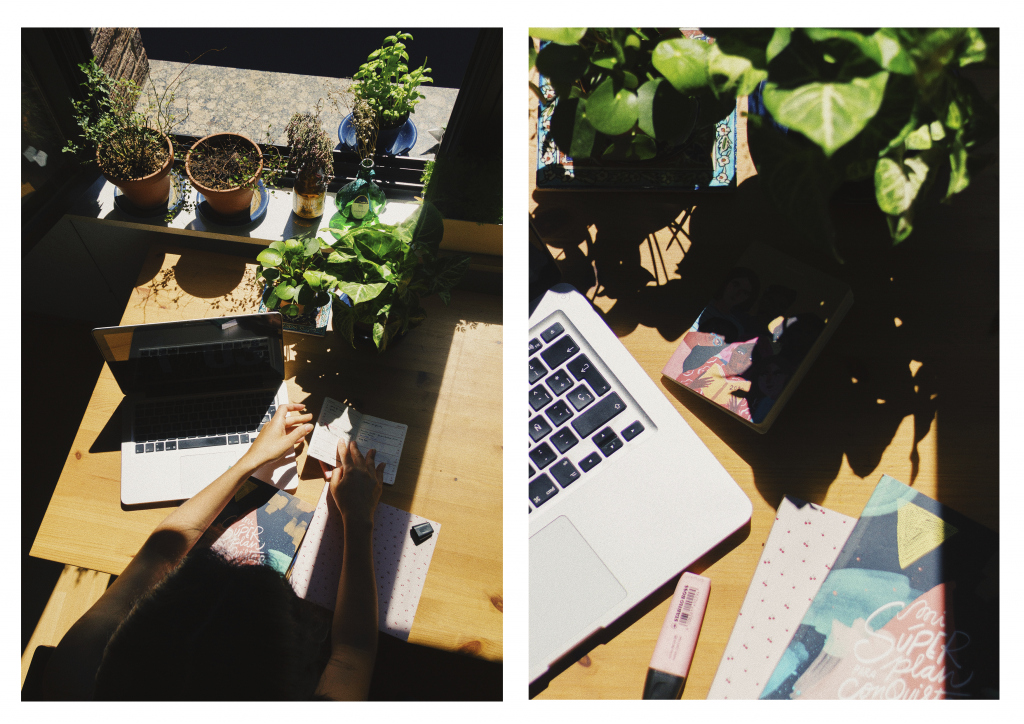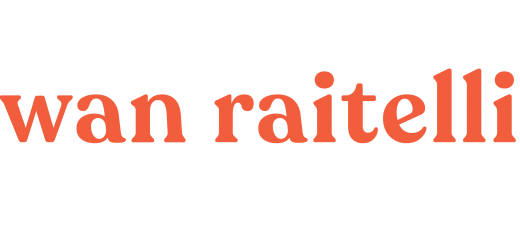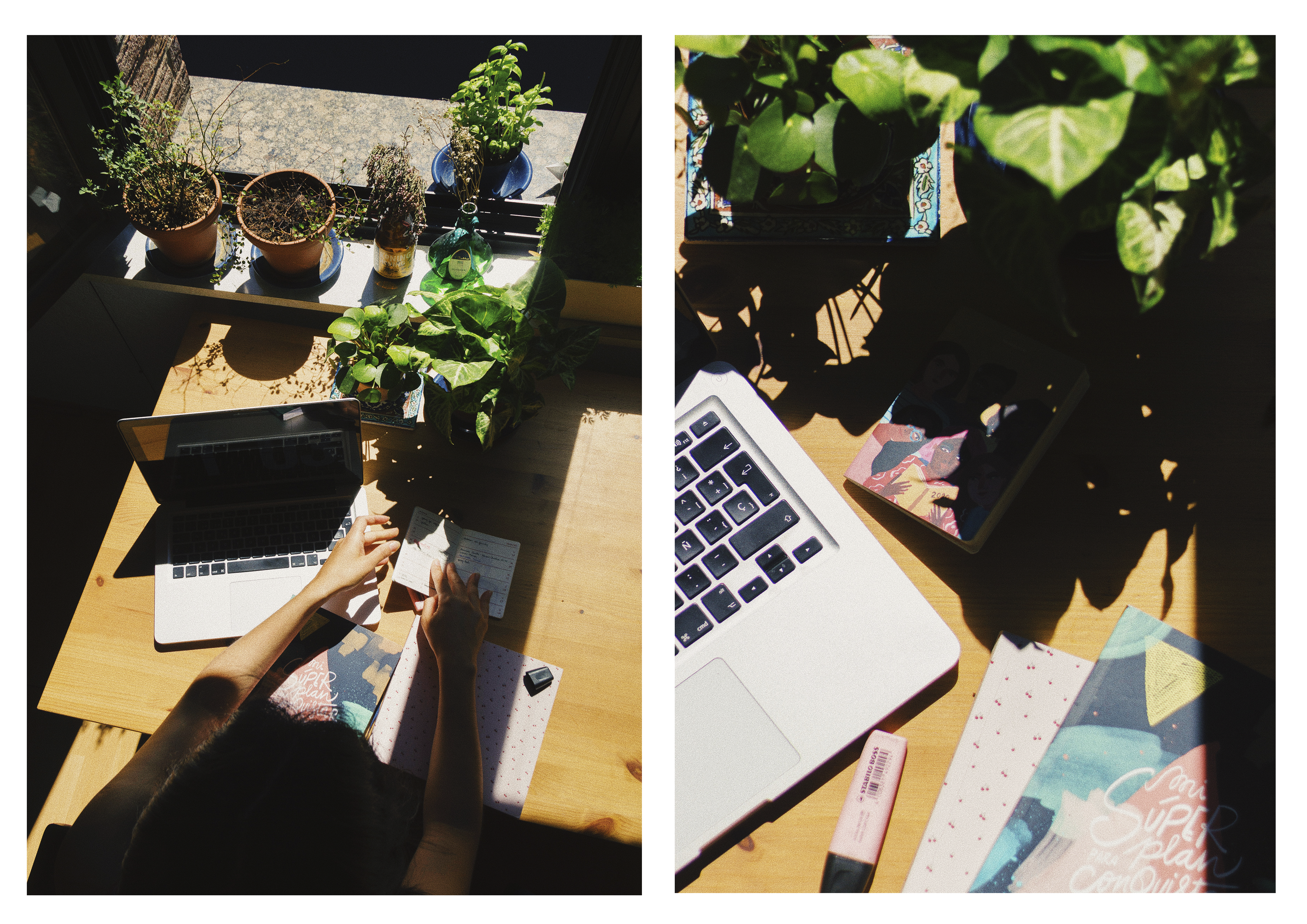Freelance 101: the ultimate guide to freelancing

How to go freelance? This might be the most requested post you guys been asking for and I really understand why everyone is so curious about freelancing: it is indeed so mysterious (and attractive, for many) the idea that you’re working for clients, for companies or you are earning a living by working “for yourself”, in pajamas, from home, having contracts but making your own schedules…
Nobody really knows how it works, given the fact that there’s no only one path to get there, however, I thought it’d do no harm to share my story, some steps to start getting jobs and demystify the idea that you need to be #blessed to go freelance.
This is going to be a long one, so I decided to divide this post into sections:
- A short recap on my freelance story
- How to start
- Getting Jobs
- Money, taxes, and paperwork
- Work-Life Balance
- Final Thoughts
A short recap: my freelance story
I graduated from secondary school thinking that I knew what would come afterwards: 4 years in university, graduating, getting a job at a company and having a car and a boyfriend (okay the boyfriend was optional, the car not). But as many of us know, the path is not always how we expect it to be: I quit university and everything fell apart, leaving me knowing that the only thing I wanted to do was taking photos.
So 2012, I quit university and went on vacation to Brazil and started taking more photos, thinking that maybe I could do this for a living. Every time I pressed the shutter I thought about how wonderful it’d be becoming a photographer. So I went back to Buenos Aires and did what I thought I should do in order to become a better photographer, a professional one: studying.
Meanwhile in college, I already wanted to start working on my field so began by telling everyone that I was a photographer. And that got me to know people that actually needed photographers for their business: small shops who needed photos of their products, party organizers who needed pictures of their events and eventually landed my first part-time gig working as a stylist and personal assistant of a NYC fashion photographer who was based in Buenos Aires.
I thought all of these jobs were simply temporary, yet they kept coming. My mind kept hanging on the idea that a “real job” would come later, with an office, health insurance and a paycheck every month. I had never heard of the term “freelancer” (and didn’t til late 2016s) but I was being hired by people who needed my skills and liked the way I worked, having as a result (with 19 years old) a few gigs on me and some money to spare.
That’s only the beginning, as I’ve carried on working part and full time as a freelancer (be it photographer, translator, illustrator…) since then but I’ll go into more detail on a future post!
How to start freelancing
This is a set of steps that might be really useful in order to start putting together your resources and make a checklist of what you need. I’m writing what I wished somebody would have told me when I started.
- Define the set of skills you want to offer. Which set of skills do you want to commercialize? Are you a photographer? Do you have a talent for writing and want to start writing pieces for magazines? Maybe you’re already working as a designer and want to leave your office job to start freelancing? Make a list of the things you can offer expertise on and pick a few in order to start
- Create a portfolio. Or a brand, but to be honest a portfolio is already enough to let people see what you do and how you display your work. If you’re already starting, there are plenty of platforms online where you can show your work for free (Behance, Dribble, Vimeo, Instagram, blogs, you name it) or if you have an extra dollar you can create your own website and have your own domain. I think it’s worth it, however not crucial.
- Write your own Terms & Conditions document. This is crucial, at least for me. At the beginning, you probably won’t have much on it, but think of basic pieces of information you can provide to someone who doesn’t know you and wants to work with you: briefly describe who you are, what you do and explain what implies working with you. Can’t tell you how many headaches I’ve avoided by having a document saying basically how to work with me.
THIS is an old terms and conditions document I used to send my clients. Download it for free and hopefully, I’ll be providing some inspiration for you to create your own. I think I shouldn’t clarify this, but don’t use it as your own, change it or sell it online for 1000 dollars. It’s only for academic purposes 🙂 - Put yourself out there! Tell everyone you know that you’re freelancing and ask if anyone needs the service you offer! Post it on your social media, send mails to friends and old co-workers. Make a banner and put it outside your house lol, just kidding, but do what you think it’s better to put yourself out there.
Getting jobs as a freelancer
Okay as the millennial I am, I should tell you that most of the jobs & gigs I got in the past few years were through the internet, although a few made their way face-to-face. So let’s dive into the ways you can get jobs on and offline.
- Have a neat online presence. Be online as that’s one of the easiest ways for people to stumble upon your work. Use the platforms you think go best with your work: I have this website, however anyone can find me on LinkedIn, Behance, Dribble and Medium for professional work. I ditched Twitter because I didn’t like it. My Instagram and Youtube are platforms where I display not only my work but I mix it with personal life aspects, which I think works great to create an audience.
If you use your social media accounts for your personal life, you might consider creating a new account only for displaying your work if you find it necessary. - Use platforms to get jobs. One of the first gigs I found online was on Craigslist. I later introduced myself to Upwork, a platform where I got jobs that actually paid better than an 8-5 office job. I know that there are other platforms like Fiverr, Freelancer.com and Workana however, I haven’t tried them! The key on these platforms is creating a good profile and being active looking for jobs.
- Knock on doors. Reaching out to people whom you’d like to work with is actually the most underestimated idea but it works! Write an email to that magazine and tell them who you are and that you’d like to work with them. Go to your local craft shop and tell you are an illustrator and you’d like to sell your products there. You have a 50% chance to get a no and 50% chance to get a yes. What do you bet on?
- Literally go out there. Networking face to face is fun and reminds you that you’ll not only have to deal with work but also with people. Make connections and build relationships with people, even though you don’t expect to work with them, because later on you can ask questions or be recommended by someone. It’s a great exercise to know how to introduce yourself as a professional and how to present your work to others. Many of these networking events can be found online, on websites like Meetup or EventBrite and are usually free. There are many organized by Creative Mornings which can be found in many cities of the world (hint: I got one job out of one of these meetings and even got featured on their blog) and I’ve also found the “Ladies Wine and Design” events interesting.
Money, Taxes & Paperwork
I’ll go quickly through this one because it’s important yet really boring.
- Put a price tag on your work. You’re offering a service and your service costs money. Not only for the work you will be doing but also for all those years of studying, practicing and working hard. Should you work for free? Although there might be exceptions the answer is usually no. Check out this website if you have doubts. Bear in mind the prices of your market, see if what works best for you is charging per hour or per project. There are a million factors that you need to have present, however, estimate how long you will be working on the project and what your current expenses are and…
- Ask for the client’s budget. This is a time-saving option. If someone approaches and asks you how much you charge for your X service, reply by asking what their available budget is and then you can start working things from there. I can’t tell you how many times I wasted time working on estimates that were rejected (or sometimes even not answered at all) until I realize I should have asked for their budget first.
- Invoicing and payments. According to the country you’re working on (or working for) the types of invoices and payment methods will vary, so I’d keep an eye on what are the regulations on your own country and then move on to design your invoice. Here’s a great guide to learn how to invoice and here’s the software I started using when I got sick of designing my own invoices in Photoshop.
- Keep track of your income and expenses. Basic spreadsheet, incomes, and expenses. Voilá! Trust me, this is relevant to know how much you’re making in a month and to keep track of the fixed expenses you need to cover.
- Save for the bread. Until you have a solid amount of clients and a more or less stable income, save money for the bread when there are no jobs in sight.
- Delegate when possible. As I’ve mentioned before, taxes, invoices and most of the money related stuff is important although it’s not an exciting part of the job, that’s why there are people who have studied years and years to do so. If you have the chance, leave all these tasks to professionals to focus on your work. Worth every penny for the mental clarity you’ll get.
Work-Life Balance
This is not a new one, but being a freelancer will probably mean you’ll spend more time indoors working and not everyone can manage their time that well when they don’t have a physical boss behind them.
- Set routines. There’s nothing I can say here that I haven’t mentioned in my How to work from home guide
- Coworking Spaces. If you feel you still need to go to an office, maybe coworking spaces are a good option for you: they’re like huge cool places where people who usually work from home go to. They offer coffee, a much needed wi-fi connection and other facilities for different prices a month; they’re also great if you want to meet other people who are working like you.
- Rest time. If you’re living and working from the same space, you’ll feel like it’s hard to disconnect from your “working brain”, therefore I advise you to create your own set of rituals to let your mind know you’re not “on duty” anymore. Also, make time to have hobbies and pursue other things that are not work related. Rest, please rest.

A final note on freelancing
I think I’ve shared with you most of the things I’ve learned on my journey of being a freelancer. I hope you find value in my words; this is the post I’d have liked to read as I was starting out.
If you’ve enjoyed this post and found it useful, please share it with someone you think might like to read it to! In case you still have doubts or specific questions we can have a personal chat together!



